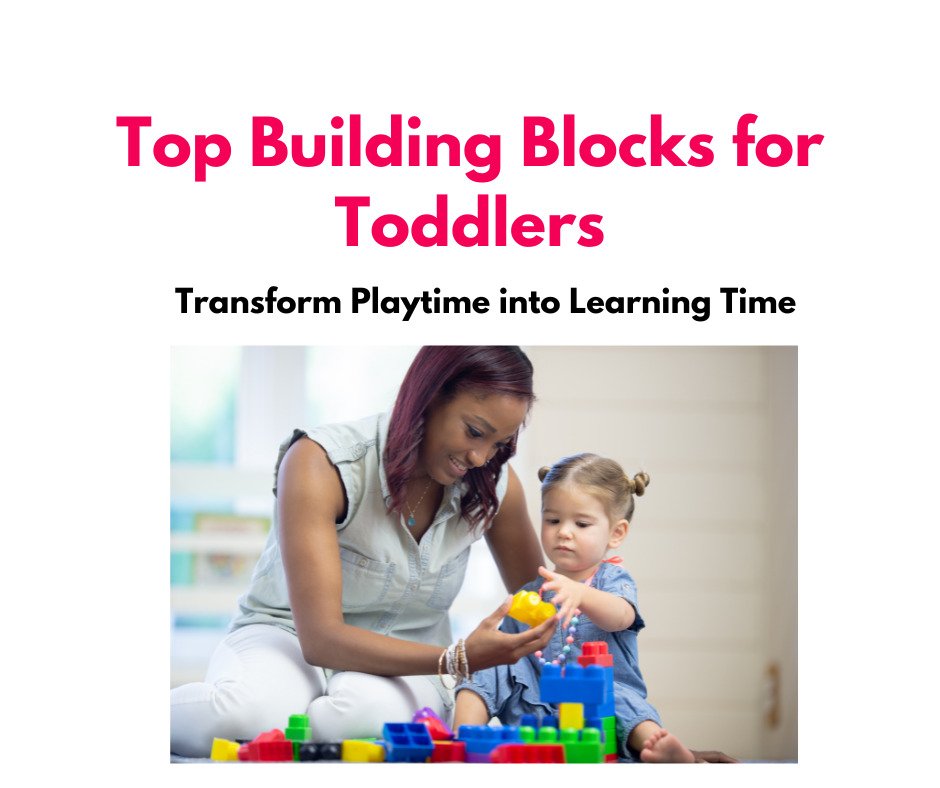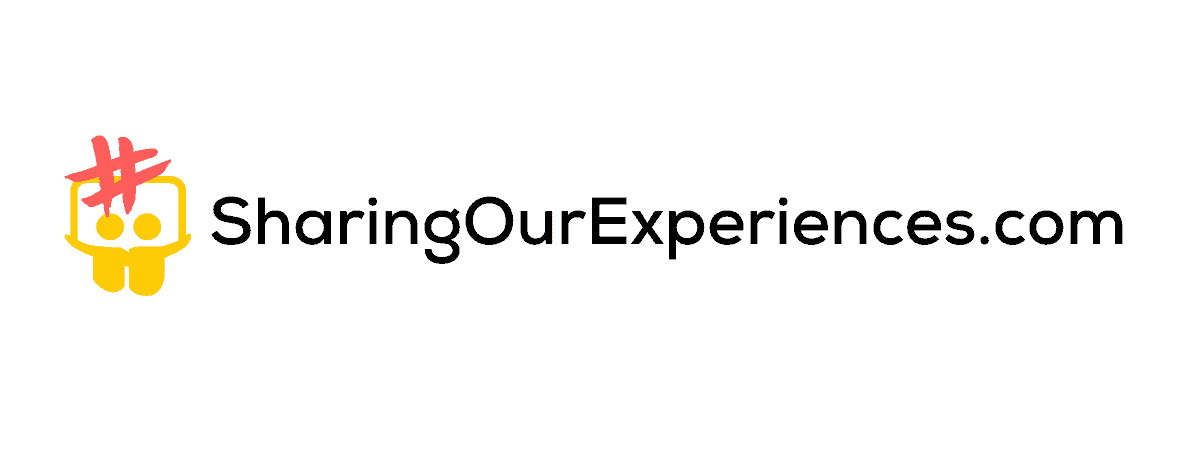
Discover the ultimate building blocks for toddlers that will transform playtime into a fun learning experience! Our top-rated blocks are perfect for promoting creativity, problem-solving, and motor skills development. Don’t miss out on this opportunity to give your little one the best start in life!
As a parent, you want your toddler to have fun while also learning and growing. What better way to achieve that than with building blocks? Not only do they provide hours of entertainment, but they also promote essential skills such as problem-solving, creativity, and motor development. But with so many options out there, it can be challenging to know which blocks to choose. That’s why we’ve compiled a list of the best building blocks for toddlers that will transform playtime into a fun and educational experience.
Also Read – 7 Ways Construction Toys Supercharge Toddlers’ Cognitive Development!
Get ready to unleash your little one’s imagination and set them on a path to success!
Discover the Best Building Blocks for Toddler that will keep them Entertained for Hours
When it comes to keeping toddlers entertained, building blocks are an absolute lifesaver! Not only do they provide endless fun and stimulation, but they also promote crucial developmental skills such as hand-eye coordination, spatial awareness, and problem-solving. But with so many options available, it can be tough to know where to start. That’s why we’ve rounded up the best building blocks for toddlers that are sure to keep them engaged and entertained for hours on end.
Get ready to discover the ultimate playtime solution that both you and your little one will love!
Mega Bloks

These oversized blocks are perfect for toddlers aged one to five. With bright colors and easy-to-grip shapes, Mega Bloks encourage young children to explore their creativity and develop their fine motor skills. They can build anything from simple towers to complex structures, and as they grow older, they can combine sets to make even bigger and more intricate designs. Mega Bloks are also compatible with other Mega Bloks sets, which means you can easily expand your collection and build even more exciting creations.
Duplo by LEGO

These blocks are specifically designed for toddlers aged two to five. With larger pieces that are easy for little hands to handle, Duplo sets are perfect for encouraging imaginative play and problem-solving skills. They come in a variety of themes, such as farmyards, fire stations, and princess castles, allowing children to explore different worlds and scenarios. Parents will appreciate the high-quality, durable design of Duplo blocks, which can withstand the wear and tear of regular playtime. Additionally, Duplo sets are compatible with other Duplo sets and even some LEGO sets, making it easy to expand your child’s collection over time.
Tegu Magnetic Blocks

Tegu blocks are a unique option for toddlers, as they are made with sustainably-sourced wood and have magnets embedded inside each block. This allows children to build structures that can defy gravity and inspire their imaginations. Tegu blocks come in a variety of colors and shapes, and they can be combined with other Tegu sets for even more building possibilities.
Melissa & Doug Wooden Blocks

These classic wooden blocks are a timeless option for toddlers. They come in a variety of shapes and sizes, and they can be used to build anything from simple towers to elaborate structures. Melissa & Doug Wooden Blocks are also great for encouraging creative play and developing spatial awareness and problem-solving skills.
Magformers Magnetic Blocks

Magformers blocks are another magnetic option for toddlers, with brightly colored pieces that can be easily manipulated and connected. These blocks can be used to create a variety of shapes and structures, and they’re great for encouraging spatial reasoning and imaginative play.
Hape Wooden Blocks

These eco-friendly wooden blocks are perfect for toddlers aged 18 months and up. They come in a variety of shapes and sizes, and they’re great for encouraging imaginative play and developing hand-eye coordination and spatial awareness. Hape blocks are also compatible with other Hape block sets, allowing you to expand your child’s collection over time.
Bristle Blocks

Bristle Blocks are a unique option for toddlers, with soft bristles that make them easy to connect and manipulate. They come in a variety of colors and shapes, and they’re great for encouraging fine motor skills and imaginative play. Bristle Blocks can be used to create a wide range of structures, and they’re easy to clean and store.
SmartMax Magnetic Blocks

These magnetic blocks are a great option for toddlers aged one to five, with larger pieces that are easy to manipulate and connect. SmartMax blocks come in a variety of colors and shapes, and they’re great for encouraging imaginative play and developing fine motor skills. They can be used to create a variety of structures, from simple towers to complex buildings and machines.
All of these building blocks are safe, durable, and provide endless opportunities for fun and learning. Whether your child is just starting to explore building and construction or is already a seasoned builder, there’s a set out there that’s sure to captivate their imagination and help them develop crucial skills.
What age is best for introducing building blocks to toddlers?
Most building blocks are suitable for toddlers aged 18 months and up. However, it’s important to choose blocks that are appropriate for your child’s age and developmental level. Always supervise your child when playing with building blocks to ensure their safety.
What are the benefits of building blocks for toddlers?
Building blocks offer many benefits for toddlers, including developing fine motor skills, hand-eye coordination, spatial awareness, problem-solving skills, creativity, and imagination. Playing with building blocks also helps with language development, social skills, and emotional development.
Are magnetic or wooden blocks better for toddlers?
Both magnetic and wooden blocks offer unique benefits for toddlers. Magnetic blocks are easier to manipulate and connect, making them a great option for younger toddlers. Wooden blocks are durable and provide a classic, tactile experience that many parents and children enjoy. Consider your child’s interests and developmental level when choosing between magnetic or wooden blocks.
How many building blocks should I buy for my toddler?
The number of building blocks you should buy for your toddler depends on your child’s age, developmental level, and interests. It’s a good idea to start with a smaller set of building blocks and add to your collection over time. Look for sets that offer a variety of shapes and sizes to keep your child engaged and challenged.
How do I clean and store building blocks?
Most building blocks can be cleaned with a damp cloth and mild soap. Avoid using harsh chemicals or submerging wooden blocks in water. It’s important to store building blocks in a dry, cool place to prevent warping or damage. Consider using a storage container or basket to keep blocks organized and easily accessible.
Are building blocks safe for toddlers?
Yes, building blocks are generally safe for toddlers as long as they are age-appropriate and used under adult supervision. Look for blocks that are made from non-toxic materials and are free from small parts that could pose a choking hazard. Always follow the manufacturer’s guidelines for age and safety.
How do building blocks promote learning?
Building blocks promote learning by engaging children in hands-on, exploratory play that encourages problem-solving, creativity, and imagination. As children manipulate blocks and build structures, they develop fine motor skills, hand-eye coordination, and spatial awareness. Building blocks also help children learn about concepts such as balance, symmetry, and cause-and-effect.
Can building blocks be used for cooperative play?
Yes, building blocks are a great tool for promoting cooperative play among children. Encourage your child to work with others to build structures and solve problems together. Cooperative play helps children develop social skills such as sharing, taking turns, and communication.
How can I encourage my toddler to play with building blocks?
To encourage your toddler to play with building blocks, provide a variety of blocks in different shapes, sizes, and colors. Set aside time for building and play with your child to model creative thinking and problem-solving skills. Use open-ended prompts to encourage your child to experiment and explore with the blocks. Consider incorporating other toys, such as cars or dolls, to add another layer of imaginative play.
How do I know if my child is ready for more advanced building blocks?
As your child becomes more comfortable with building blocks, you may notice that they begin to experiment with more complex structures or seek out new challenges. Consider gradually introducing more advanced blocks, such as magnetic blocks or blocks with unique shapes or designs. Watch for signs that your child is becoming frustrated or overwhelmed and be ready to offer support and guidance as needed.
How can I use building blocks to teach my toddler?
There are many ways to use building blocks to teach your toddler new concepts and skills. For example, you can use blocks to teach colors, shapes, numbers, and letters. You can also use blocks to teach concepts such as cause-and-effect, balance, and symmetry. Additionally, you can use blocks to encourage storytelling and imaginative play.
What should I look for when buying building blocks for my toddler?
When buying building blocks for your toddler, consider factors such as the age range, size, shape, and material of the blocks. Look for blocks that are age-appropriate and safe for your child to use. Consider your child’s interests and developmental level when choosing blocks, and look for sets that offer a variety of shapes and sizes to keep your child engaged.
Can building blocks help with my toddler’s cognitive development?
Yes, building blocks can help with your toddler’s cognitive development by promoting problem-solving skills, creativity, and imagination. As children manipulate blocks and build structures, they develop spatial awareness, hand-eye coordination, and fine motor skills. Additionally, building blocks can help children learn about cause-and-effect, balance, and symmetry, which are important concepts for cognitive development.
How can I encourage my toddler to play with building blocks independently?
To encourage your toddler to play with building blocks independently, provide a variety of blocks in a designated play area. Start with smaller sets of blocks and gradually add more as your child becomes more comfortable with the materials. Use open-ended prompts to encourage your child to experiment and explore with the blocks, and provide positive reinforcement for independent play.
What are some creative ways to use building blocks with my toddler?
There are many creative ways to use building blocks with your toddler. For example, you can use blocks to build a tower or a bridge, create a maze or obstacle course, or design a city or landscape. You can also use blocks to create patterns or designs, or to practice counting and sorting. Additionally, you can use blocks to encourage storytelling and imaginative play by building scenes or characters from your child’s favorite books or movies.
In conclusion, building blocks are an excellent toy for toddlers that provide hours of entertainment while promoting important developmental skills. From promoting fine motor skills and hand-eye coordination to fostering creativity and problem-solving abilities, building blocks offer a range of benefits for young children. With so many options available on the market, it’s important to choose blocks that are age-appropriate, safe, and engaging for your child. By incorporating building blocks into your child’s playtime, you can encourage learning, imagination, and cooperative play.
So, go ahead and explore the world of building blocks – your toddler will thank you for it!






